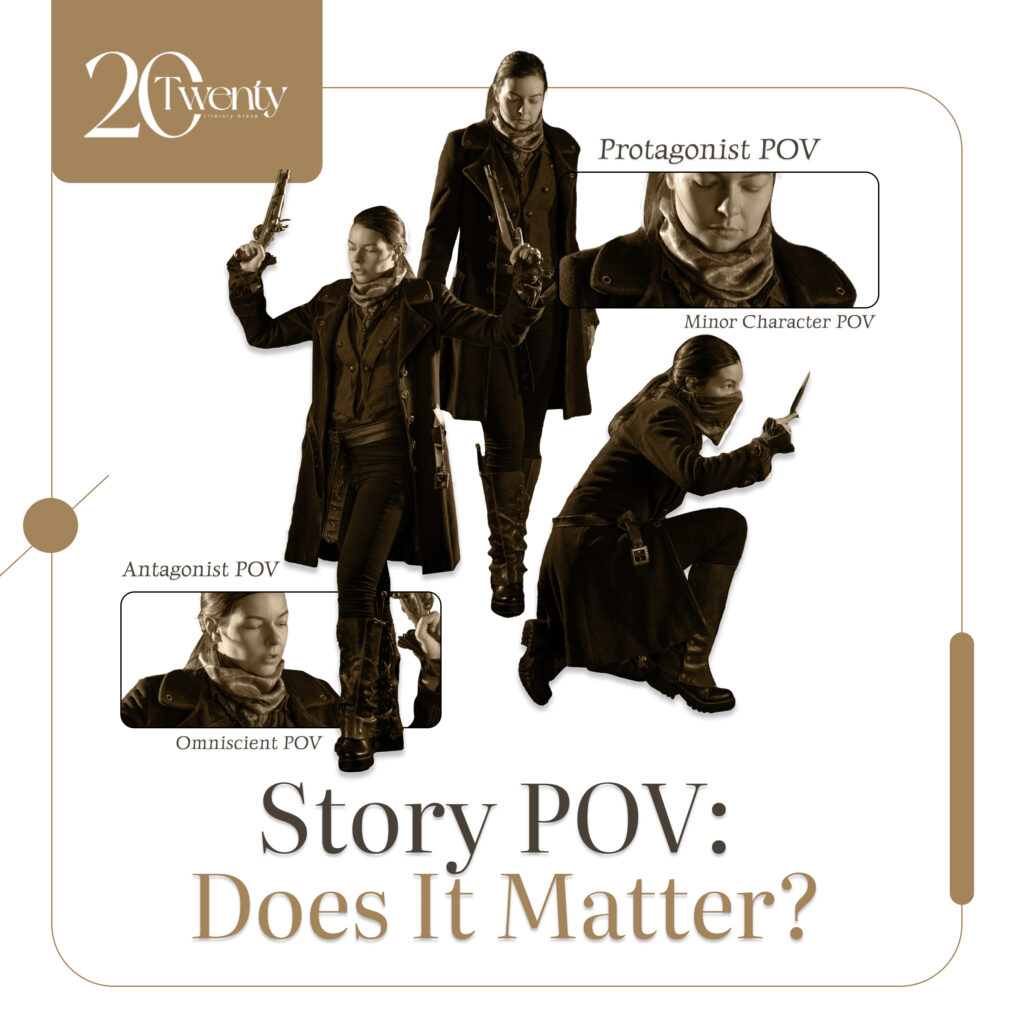Exactly what is the significance of your story’s point of view, and why does it matter?
A story has a narrative, and every writer has a tale to tell. One way to tell a story is through a narrative. Typically, the protagonist’s point of view is what we read as the story unfolds. There are, however, a number of alternative narrative perspectives that can be utilized. In this article, we’ll discuss how to determine the best perspective from which to tell a story.
Protagonist POV
Every aspect of the story is perceived and felt from the protagonist’s vantage point. A story is told from the protagonist’s perspective. Simply put, point of view refers to whether the story is told from a first-person or third-person perspective.
The success or failure of your story hinges on your selection of a protagonist’s point of view. Let’s say the protagonist is unlikable as an example. If the reader doesn’t care about the characters, the story won’t make them feel anything.
Antagonist POV
The antagonist’s point of view is the most important perspective in any story. To get the reader to see things from the bad guy’s perspective, you need to give them a character they can identify with. To round out your story, make sure your villain has a distinct objective. The reader will gain insight into the motivations of the antagonist from this. The perspective of the antagonist should be the most engaging one.
Minor Characters POV
The novel’s narrator has a perspective that differs from that of the main character. In many novels, the narrator is able to see the big picture and predict what will happen next. However, the main character only sees a fraction of the bigger picture. The narrator, then, may know things that the protagonist doesn’t. The narrator may be aware that the protagonist is experiencing frustration or confusion.
With this technique, the narrator can offer the protagonist guidance or understanding of their situation. As a rule, the narrator’s perspective is more restricted when dealing with a minor character. The narrator is privy to the minor character’s inner thoughts but is in the dark about the character’s actual knowledge. The reason for this is that the novel’s minor character plays no significant role in the story.
Omniscient POV
Most stories are told from an omniscient third-person perspective. It’s a perspective that can see and comprehend everything going on in the story. The omniscient viewpoint is frequently used in fiction, especially novels and short stories, because it allows the reader to see everything that’s happening. The omniscient viewpoint is often restricted to one particular character.
The persona in question is typically the hero of the story. Poems and short stories without a main character often employ the omniscient point of view. Most authors employ the omniscient point of view, which allows readers to see everything that happens in the story.
What we call a story’s “point of view” (or “POV”) is actually the perspective of the narrator. Because of this, knowing the differences between the various points of view significantly influences how you want your story to be read or on which point of view your story is.

